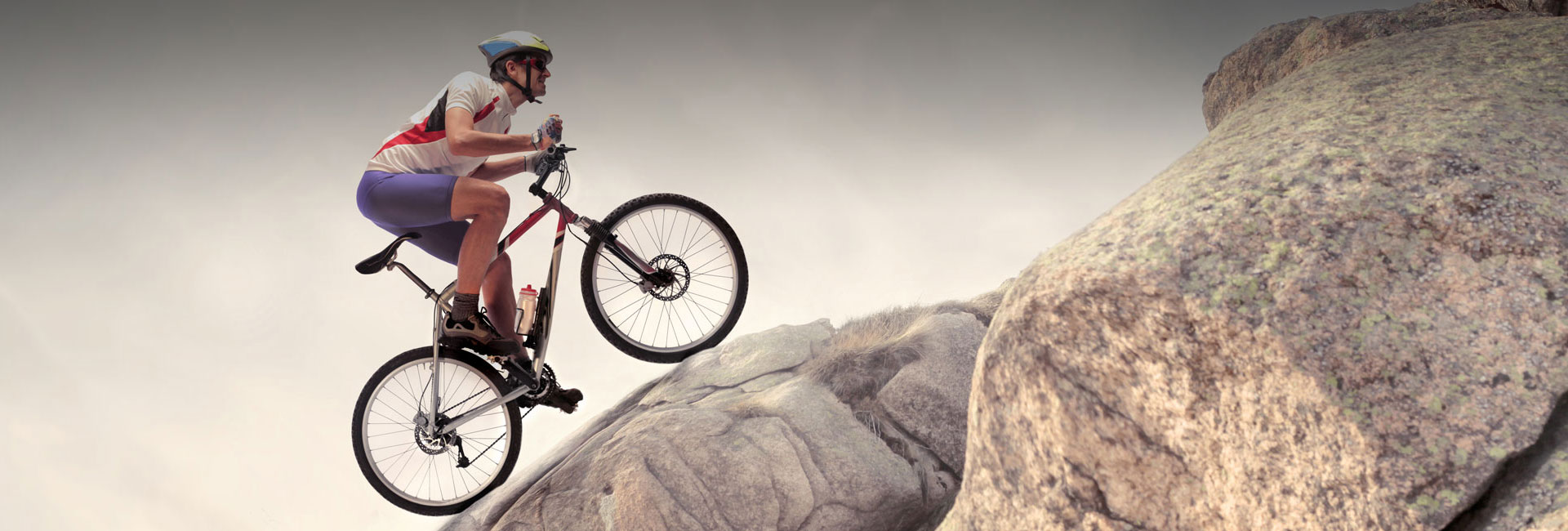
- Afrikaans
- Albanian
- Amharic
- Arabic
- Armenian
- Azerbaijani
- Basque
- Belarusian
- Bengali
- Bosnian
- Bulgarian
- Catalan
- Cebuano
- Corsican
- Croatian
- Czech
- Danish
- Dutch
- English
- Esperanto
- Estonian
- Finnish
- French
- Frisian
- Galician
- Georgian
- German
- Greek
- Gujarati
- Haitian Creole
- hausa
- hawaiian
- Hebrew
- Hindi
- Miao
- Hungarian
- Icelandic
- igbo
- Indonesian
- irish
- Italian
- Japanese
- Javanese
- Kannada
- kazakh
- Khmer
- Rwandese
- Korean
- Kurdish
- Kyrgyz
- Lao
- Latin
- Latvian
- Lithuanian
- Luxembourgish
- Macedonian
- Malgashi
- Malay
- Malayalam
- Maltese
- Maori
- Marathi
- Mongolian
- Myanmar
- Nepali
- Norwegian
- Norwegian
- Occitan
- Pashto
- Persian
- Polish
- Portuguese
- Punjabi
- Romanian
- Russian
- Samoan
- Scottish Gaelic
- Serbian
- Sesotho
- Shona
- Sindhi
- Sinhala
- Slovak
- Slovenian
- Somali
- Spanish
- Sundanese
- Swahili
- Swedish
- Tagalog
- Tajik
- Tamil
- Tatar
- Telugu
- Thai
- Turkish
- Turkmen
- Ukrainian
- Urdu
- Uighur
- Uzbek
- Vietnamese
- Welsh
- Bantu
- Yiddish
- Yoruba
- Zulu
Dec . 04, 2024 20:42 Back to list
How to Adjust the Derailleur on a Mountain Bike for Optimal Performance
How to Adjust Your Derailleur on a Mountain Bike A Comprehensive Guide
Adjusting the derailleur on your mountain bike is an essential skill for any cyclist. The derailleur system is responsible for shifting gears smoothly, allowing for efficient pedaling no matter the terrain. A well-tuned derailleur can enhance your riding experience, improve performance, and prolong the life of your bike. In this article, we’ll walk you through the steps to adjust your derailleur, ensuring your mountain bike operates flawlessly.
Understanding the Derailleur
Before diving into the adjustment process, it’s important to understand how the derailleur works. The derailleur consists of two main parts the front derailleur, which moves the chain between chainrings, and the rear derailleur, which shifts the chain across the cassette sprockets. Both components are controlled by the shifters on your handlebars. When you shift gears, the derailleur moves the chain to the desired gear by guiding it through a series of pulleys.
Tools You’ll Need
To properly adjust your derailleur, you’ll need a few basic tools - A Phillips screwdriver - A 5mm Allen wrench (for cable tension and limit screws) - A chain checker (to assess chain wear) - Lubricant (for chain maintenance)
Steps to Adjust the Rear Derailleur
1. Inspect the Derailleur Setup Before making any adjustments, inspect the rear derailleur for any visible damage, kinks in the chain, or dirt buildup. Ensure that the derailleur hanger is straight and not bent.
2. Set the Limit Screws The limit screws prevent the derailleur from moving the chain too far in either direction. Shift into the smallest rear cog (the easiest gear) and locate the high limit screw (usually marked with an H). Adjust it so that the chain is aligned perfectly with the small cog. Repeat the process for the low limit screw (marked with an L) while shifting to the largest rear cog.
3. Check Cable Tension Proper cable tension is crucial for smooth shifting. If the derailleur does not move adequately when you shift, the cable may be too loose. To adjust the cable tension, use the barrel adjuster located either on the shifter or the derailleur itself. Turning the barrel adjuster counterclockwise increases tension, while turning it clockwise decreases it.
adjust derailleur mountain bike

4. Test Shift Functionality After adjusting the limit screws and cable tension, test the shifting by going through all the gears while pedaling. Ensure that the chain moves smoothly from one cog to another. If there are issues, you may need to fine-tune the cable tension.
5. Adjust B-Screw if Necessary The B-screw adjusts the distance between the top pulley of the derailleur and the largest cog. This is crucial for a smooth shift and to prevent the chain from rubbing against the derailleur. If you notice that the chain is too close to the larger cogs, turn the B-screw clockwise to increase the distance.
Steps to Adjust the Front Derailleur
1. Inspect the Front Derailleur Similar to the rear derailleur, check the front derailleur for damage and alignment. Ensure it is parallel to the chainrings and that there is a gap of about 1-2mm between the chain and the derailleur.
2. Set the Limit Screws Adjust the high and low limit screws in a similar fashion to the rear derailleur. Shift to the smallest chainring and adjust the high limit screw to position the derailleur correctly. Then, shift to the largest chainring and use the low limit screw to set the position.
3. Check Cable Tension As with the rear derailleur, adjust the cable tension if the shifts are not smooth. Use the barrel adjuster to fine-tune as necessary.
4. Test Shifting Pedal and shift through all the chainrings to ensure proper functionality.
Conclusion
Regularly adjusting and maintaining your derailleur is essential for optimal performance of your mountain bike. By following these steps, you’ll ensure smoother shifts and a more enjoyable ride. If you find that adjustments are not achieving the results you desire, it may be time to consult a professional mechanic. Happy cycling!
-
The Ultimate Kids' Four-Wheeler Experience
NewsJul.09,2025
-
The Ultimate Guide to Mountain Bikes: Gear Up for Your Ride
NewsJul.09,2025
-
The New Age of Cycling: Electric Bikes for Every Rider
NewsJul.09,2025
-
The Best Kids Bicycles: Ride in Style and Safety
NewsJul.09,2025
-
The Best 3-Wheel Scooters for Kids: Fun, Safety, and Adventure
NewsJul.09,2025
-
Revolutionize Your Ride: Affordable Electric Bikes
NewsJul.09,2025
-
Finding the Perfect Mountain Bike for Every Rider
NewsJul.09,2025



